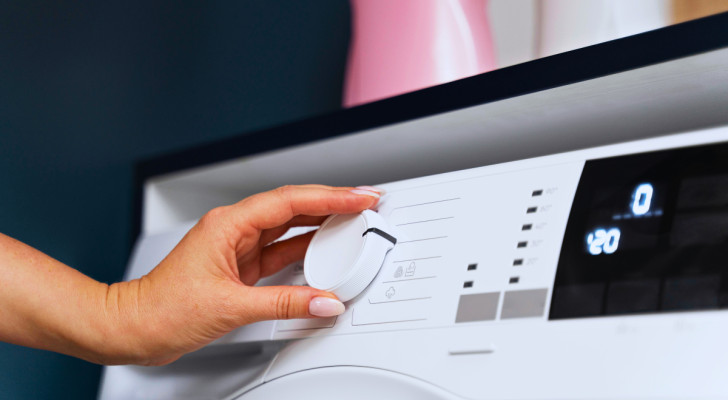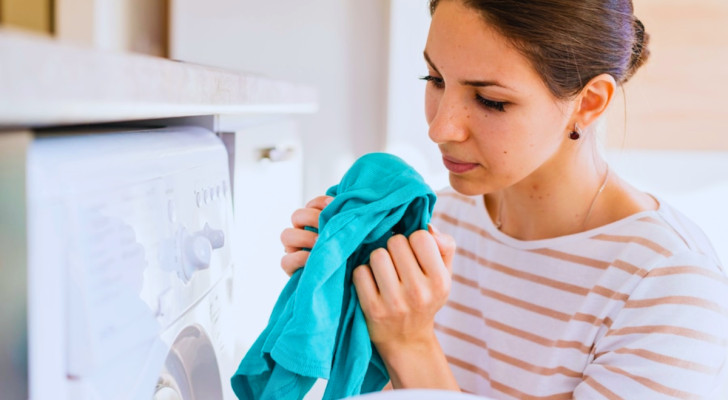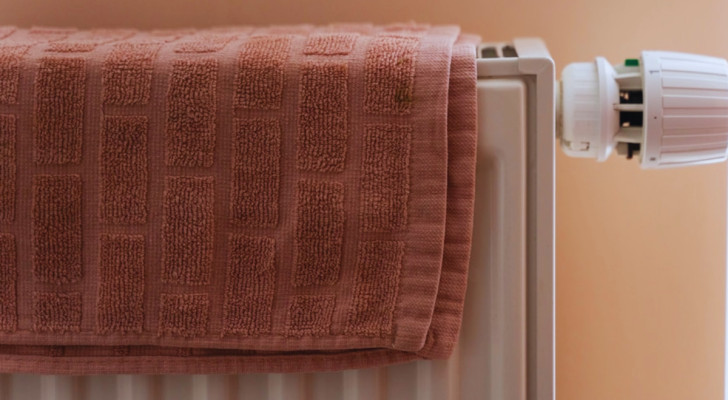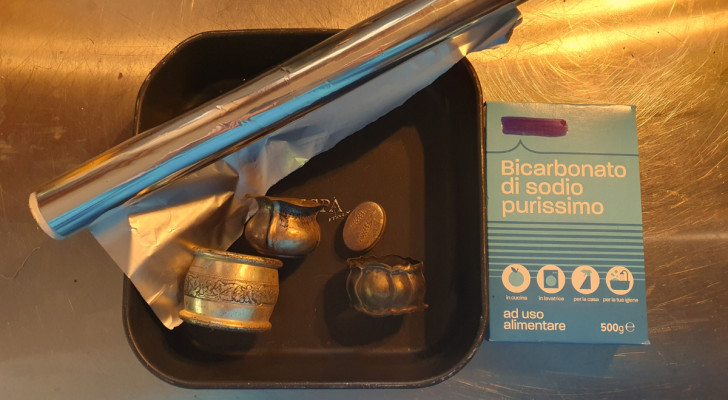Strawberry juice stains on fabrics: how to remove them using a range of methods and remedies
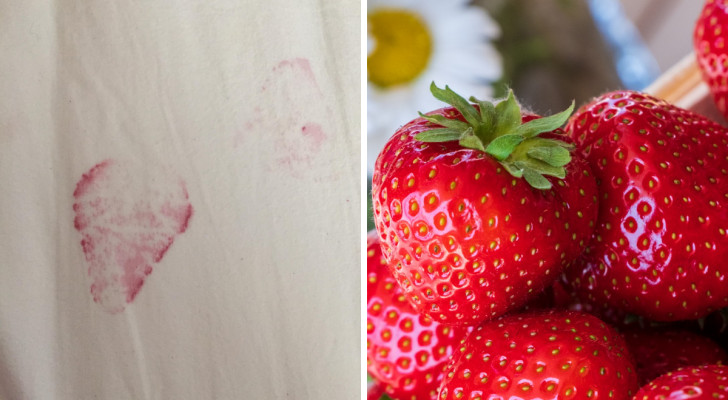
Strawberries are amongst the most beloved of fruit types consumed. Given this, hard-to-remove strawberry juice stains getting onto our fabrics is not an uncommon "inconvenience". Of course, acting to deal with stains quickly is the best way of removing them. But what if, for whatever reason, you were not able to? Well, read on to get some useful advice:
What to do when some fabric gets stained with strawberry juice
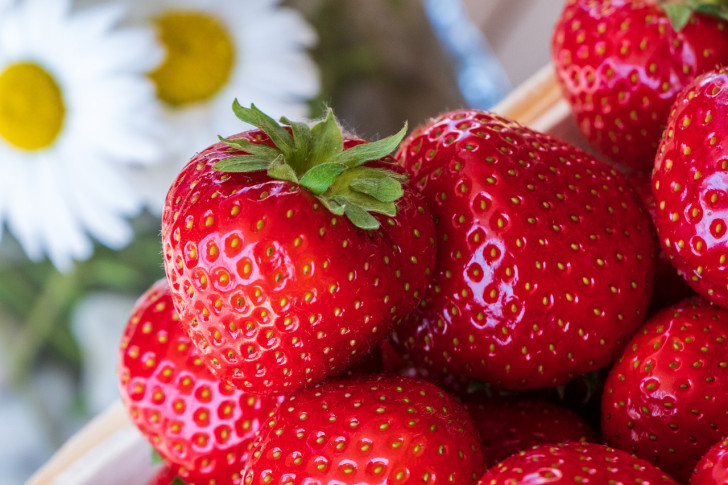
Needpix
The first thing to do with a strawberry juice stain is to dab it gently with an absorbent cloth or towel as soon as possible. It is critical to avoid rubbing the juice, as this will cause it to penetrate even deeper into the fibers. The goal is to absorb as much juice as possible as quickly as possible.
The second step, is to prepare a solution of cold water and delicate detergent in a small bowl. We recommend a washing detergent or Marseille soap. However, if the fabric is robust (ie. is not silk or otherwise delicate), you can use a drop of organic dishwashing detergent. Note: it is always better to test these products on an inconspicuous portion of the garment first to see if they have an adverse effect.
The solution should be dabbed directly onto the stain with a sponge until it is saturated and left on to act for 15 minutes.
Washing a garment stained by strawberry juice
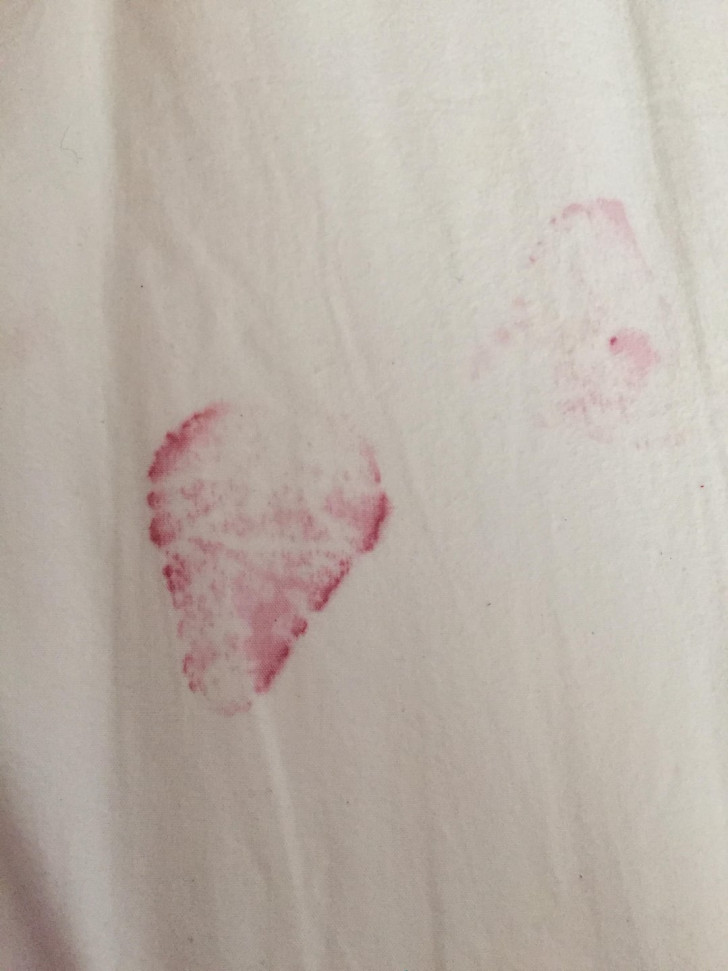
After taking the above-described action (which is more effective on fresh stains but also helps for those that have already dried out), you can move on to the main wash:
Stains of all types are best washed using cold water:
- In the washing machine, set the delicates program with cold water. With white items, use detergents that are specifically made for them.
- Even when washing by hand, use cold/room-temperature water, rubbing carefully and without creasing the garment too much. Rinsing should also be done using cold water.
Before drying - whether in the open air or in the dryer - make sure that the stain has been removed: heat can "fix" a stain (ie. make it permanent). So, if necessary, repeat the above treatments until the stain has disappeared .
Alternative, home-grown methods, plus an old-timer's remedy
Among the methods most often recommended as alternative treatments - especially when the remedies described above don't work - are:
- Mix 3 tablespoons of baking soda with 1 tablespoon of water to create a thick paste, which you can spread on the stain, covering it with an even layer. Leave this paste to act for a quarter of an hour: the paste should absorb the pigment, lightening the stain. This treatment is then followed by a cold wash (as described above). This method can also be tried as an alternative pre-treatment.
- Another alternative pre-treatment, is to use lemon juice to wet the stain. This is then left to act for an hour and later rinsed off with cold water. After rinsing, wash as described above. Try this method with white or light colored items.
- If the wash does not remove the stain, you can try rubbing some isopropyl alcohol on it (provided the fabric can be treated with alcohol, of course). After rubbing the stain with the alcohol, rinse out with cold water.
- Old-timer's remedy: this is an unconventional remedy, but it continues to be used. Why unconventional? Well, because it uses hot water! Boiling hot water is poured (from a height) onto the stain to "dissolve" it away. Perhaps worth giving this remedy a try if you're desperate, but don't use it as your first, go-to method when you stain something with strawberry juice!
Which method do you prefer?


